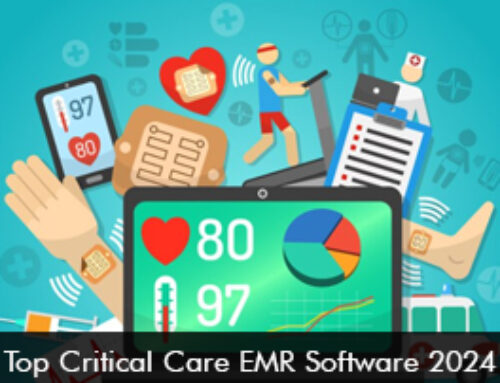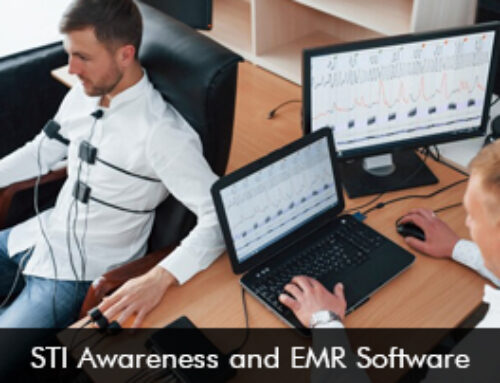Electronic Health Records (EHRs) improve the coding business tremendously by bringing accuracy, efficiency, and process simplification. An important advancement in improving the effectiveness and precision of the coding process for medical procedures and diagnoses is the incorporation of automated coding features into Electronic Health Record (EHR) systems. This advanced feature uses predetermined code sets and clever algorithms to speed up and simplify coding operations.
Automated Coding:
In EHR systems, automated coding is a methodical examination of clinical records to extract relevant data about treatments administered and diagnoses made during patient visits.
Natural Language Processing:
- To create the proper codes, the system finds relevant phrases, clinical indicators, and context cues within the documentation using natural language processing (NLP) and machine learning techniques.
- This automation has a number of noteworthy benefits.
Reduce coding errors:
It significantly lowers the possibility of coding mistakes resulting from human interpretation or oversight.
Billing accuracy:
The accuracy of the billing and reimbursement procedures is enhanced by the precision of automated coding, which makes sure that the allocated codes correspond flawlessly with the patient treatment that has been recorded.
Coding uniformity:
- Additionally, adding automated coding to EHR systems helps to improve coding uniformity.
- Through compliance with standard code sets and norms, the system promotes consistency in coding procedures among various healthcare providers and specializations.
Standardization in Coding:
- To reduce variances in code assignment, this standardization promotes a more integrated and interconnected healthcare environment.
- Another important advantage of automated coding is the time efficiency it provides.
- The tasks that would have required a lot of physical labor in the past can be completed quickly, healthcare providers may devote their time and skills to other crucial areas of patient care.
The smooth integration of automation documents into EHR systems is a critical step in streamlining administrative procedures as healthcare technology continues to progress. Improvements in artificial intelligence and continuous improvement of these automated coding tools might lead to even greater improvements in coding quality, accuracy, and efficiency in the healthcare industry.
Transformation in Healthcare Coding:
The advancement of the coding sector is largely dependent on the standardization of coding procedures made possible by Electronic Health Records (EHRs).
Electronic Health Records (EHRs) conform to pre-existing code sets and rules, promoting a consistent coding practice across various healthcare settings. This dedication to uniformity yields several noteworthy advantages.
Accurate Code sets:
- First of all, the application of standardized code sets guarantees uniformity in the coding of diagnoses, treatments, and other pertinent health care activities.
- For accurate and trustworthy invoicing, reporting, and documentation, consistency is essential.
- A consistent language of codes that healthcare practitioners, coding experts, and other stakeholders may depend on reduces the possibility of differences or inconsistencies in code assignment.
Better Healthcare ecosystem:
- Interoperability throughout the healthcare ecosystem is facilitated by standard coding procedures. The interchange of patient data is more straightforward when coding rules are consistent across various EHR systems and healthcare facilities.
- Comprehensive patient care, cooperative research endeavors, and the effective exchange of health information among healthcare professionals all depend on this interoperability.
- Standardization also makes it easier to comply with legal obligations and industry norms.
- Healthcare organizations can make sure their coding practices comply with coding systems like Current Procedural Terminology (CPT) and the International Classification of Diseases (ICD) and regulatory frameworks like the Health Insurance Portability and Accountability Act (HIPAA) by following established coding guidelines.
The dedication to consistent coding procedures in electronic health records (EHRs) enhances the general precision and quality of medical data. Robust research, population health management, and data analysis are made possible by consistent coding rules.
Standardized coded data provides researchers and public health professionals with the assurance they need to extract valuable insights and make precise conclusions. By promoting the standardization of coding procedures, EHRs have a transformational effect on the coding business. This dedication advances interoperability, compliance, and the general progress of healthcare data management in addition to improving the quality and dependability of coded healthcare information.







